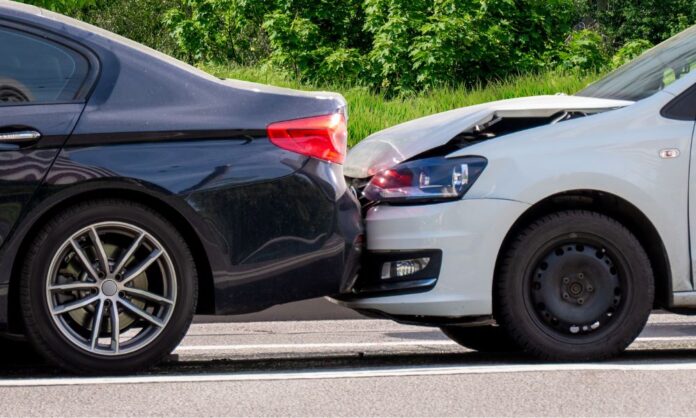Experiencing a car accident can be an overwhelming and confusing ordeal. It’s crucial to assess the extent of the damage to ensure your car is safe to operate and to prevent further complications down the line. In this article, we’ll go over some of the vehicle damage to check for after an accident to inspect and outline how to examine them thoroughly.
Exterior Body Panel and Frame Damage
Start by looking at the exterior body panels, such as fenders and doors, for any noticeable damage. You should visually check these areas for dents, scrapes, and paint cracks. Slightly warped, misaligned, or ill-fitting panels may also indicate structural problems with the vehicle’s frame. In this case, consult a professional to assess further damage.
Bumper Damage
Next, inspect the car’s bumper, as it’s often the first part of the vehicle to make contact during an accident. Look for visible cracks, dents, and scrapes, as well as any damage to the underlying support structures. You should also inspect the internal components behind the bumper, such as the impact absorbers, for any obvious signs of problems. You may be able to fix small scratches or dents yourself, but there are good reasons to replace your bumper after an accident if the damage is too severe.
Wheel, Tire, and Suspected Hidden Damage
While examining visible damage after an accident, don’t forget to pay close attention to your wheels and tires. First, identify any physical damage, such as dents, bent rims, or punctured tires. Next, examine the suspension system for any deformations or misalignments that could affect your vehicle’s performance. It’s essential to stay vigilant for any changes in your car’s handling or steering, as these could indicate more significant vehicle damage to check for after an accident.
Light and Safety Feature Damage
Ensuring that your lights and safety features are functioning properly is critical. Inspect all the lights on your vehicle, including headlights, taillights, and indicators, for any cracks or broken glass. Test their functionality to confirm they still work correctly. Additionally, examine safety features like airbags and seat belts to ensure they don’t have issues, as they can be lifesaving in the event of another collision.
Engine Damage
Look under the hood and assess the engine and any other vital components there. Check for any fluid leaks, cracked hoses, or damaged wiring. Make sure all belts and connections are in good condition, without irregular tension or displacement. It’s advisable to consult a mechanic for a detailed assessment to guarantee you haven’t missed any critical issues.








